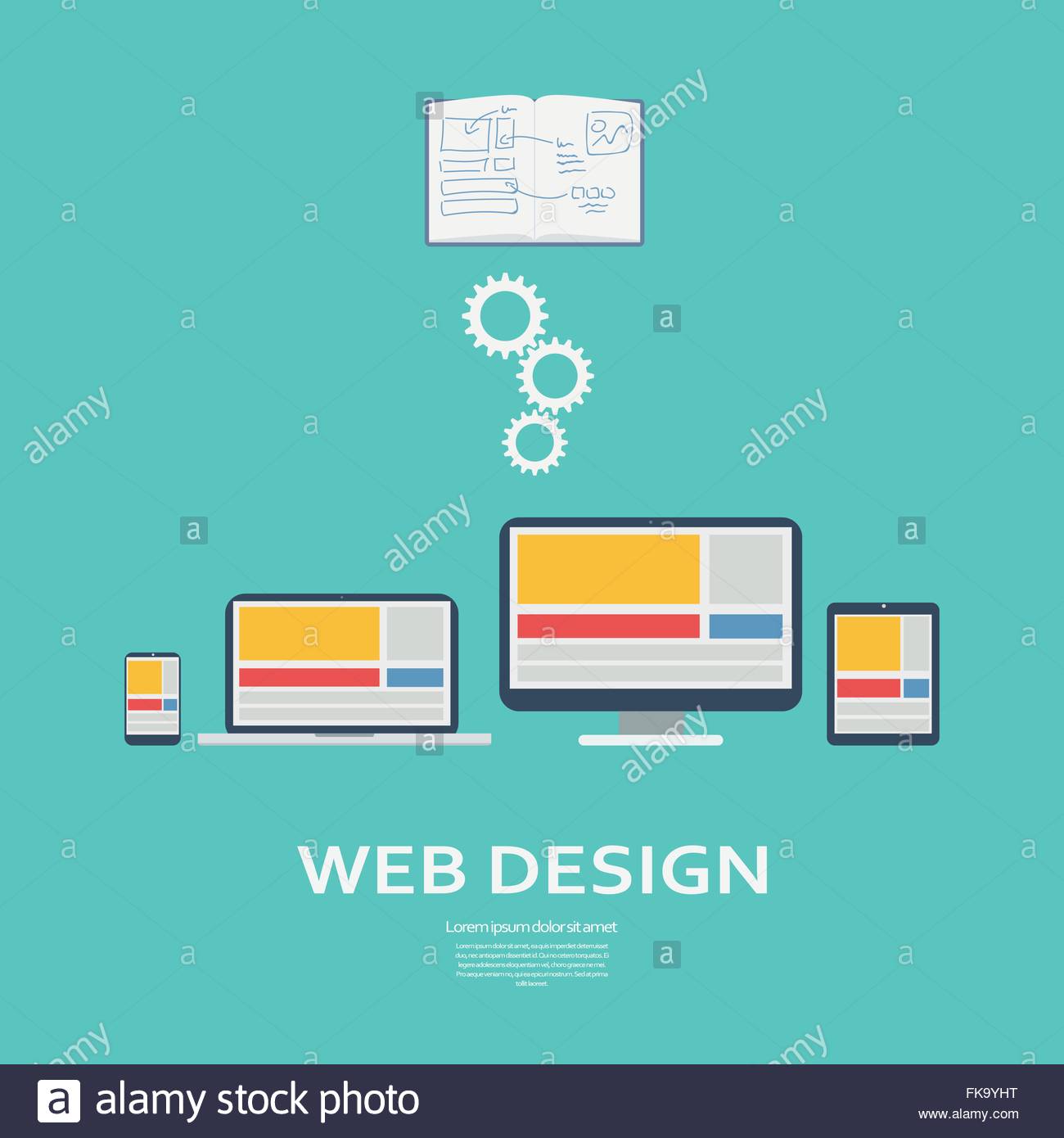Interested In Learning Exactly How Website Layout Has Developed Over The Years? Check Out The Journey From Straightforward Designs To User-Centered Strategies
Interested In Learning Exactly How Website Layout Has Developed Over The Years? Check Out The Journey From Straightforward Designs To User-Centered Strategies
Blog Article
Material Produce By-Bradshaw Molina
In the past, web sites were easy and focused on information. Navigation was direct, and style was for desktops. Now, customer experience is crucial. Data guides designs for very easy navigating. Receptive layouts match different devices. Today, dark mode decreases stress, and minimal menus enhance navigation. Interactive functions engage users, and vibrant visuals stick out. AI assimilation increases involvement. See just how layout has actually evolved to enhance your on-line trip.
Very Early Days of Web Design
In the very early days of web design, simplicity preponderated. Sites were fundamental, with limited colors, font styles, and layouts. The focus was on providing information instead of showy visuals. Users accessed the web via sluggish dial-up links, so rate and performance were essential.
Navigation food selections were straightforward, typically situated at the top or side of the page. Web sites were designed for computer, as mobile browsing had not been yet prevalent. Web content was king, and designers prioritized easy readability over intricate layout elements.
HTML was the primary coding language used, and designers needed to work within its restraints. see here now and interactive attributes were very little compared to today's standards. Sites were fixed, with little vibrant material or individualized user experiences.
Surge of User-Focused Design
With the evolution of site style, a shift towards user-focused design principles has come to be progressively prominent. Today, creating internet sites that prioritize user experience is crucial for engaging visitors and achieving company objectives. User-focused layout entails recognizing the requirements, preferences, and behaviors of your target market to customize the website's layout, content, and includes appropriately.
Designers now perform complete research study, such as individual studies and usability testing, to gather understandings and feedback directly from customers. This data-driven approach assists in producing user-friendly navigating, clear calls-to-action, and visually enticing interfaces that resonate with visitors. By positioning the user at the center of the design procedure, internet sites can supply a much more customized and enjoyable experience.
Receptive design has likewise emerged as a crucial element of user-focused design, making sure that internet sites are optimized for different gadgets and screen dimensions. This versatility boosts availability and use, satisfying the diverse means users communicate with internet sites today. Essentially, the rise of user-focused design represents a change in the direction of creating digital experiences that focus on the needs and expectations of the end user.
Modern Trends in Web Design
Discover the most up to date fads forming website design today. One popular trend is dark mode layout, offering a sleek and contemporary appearance while minimizing eye stress in low-light atmospheres. Another key trend is minimalist navigation, streamlining menus and enhancing customer experience by focusing on essential elements. Incorporating micro-interactions, such as animated buttons or scrolling impacts, can develop a more appealing and interactive internet site. Receptive style remains vital, ensuring smooth individual experiences across different tools. Furthermore, utilizing strong typography and unbalanced layouts can add visual passion and draw attention to particular content.
Integrating AI technology, like chatbots for consumer assistance or customized referrals, boosts user involvement and streamlines processes. Accessibility has additionally end up being a substantial fad, with designers focusing on inclusive layout practices to accommodate diverse individual needs. Welcoming sustainability by optimizing web site efficiency for rate and performance is an additional arising trend in website design. Collaborating with customer feedback and information analytics to repeat and enhance style continuously is crucial for remaining pertinent in the ever-evolving digital landscape. By accepting these modern-day patterns, you can develop an aesthetically attractive, user-friendly website that resonates with your target market.
Conclusion
As you reflect on the evolution of website style from the early days to currently, you can see exactly how user-focused design has ended up being the driving force behind contemporary patterns.
Accept the trip of change and adaptation in web design, always keeping the customer experience at the center.
Remain present with the latest fads and technologies, and never ever stop evolving your technique to produce aesthetically spectacular and user-friendly sites.
Progress, adjust, and develop - the future of web design remains in your hands.
